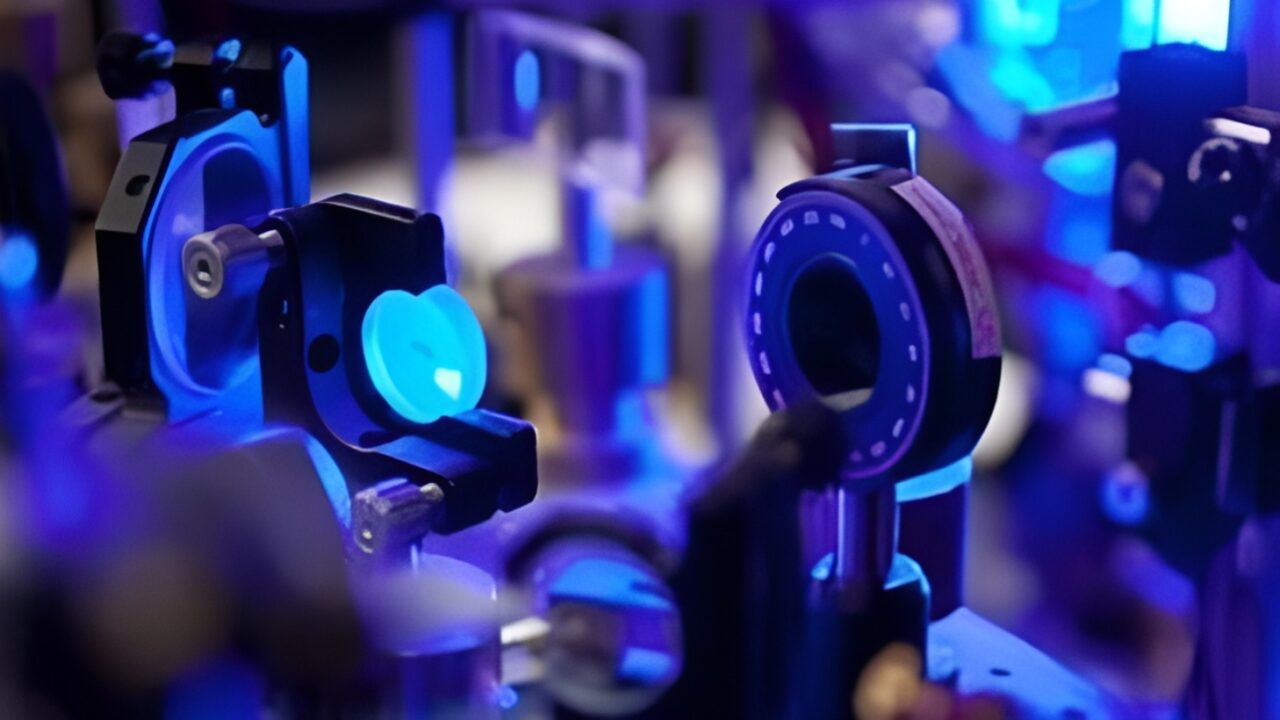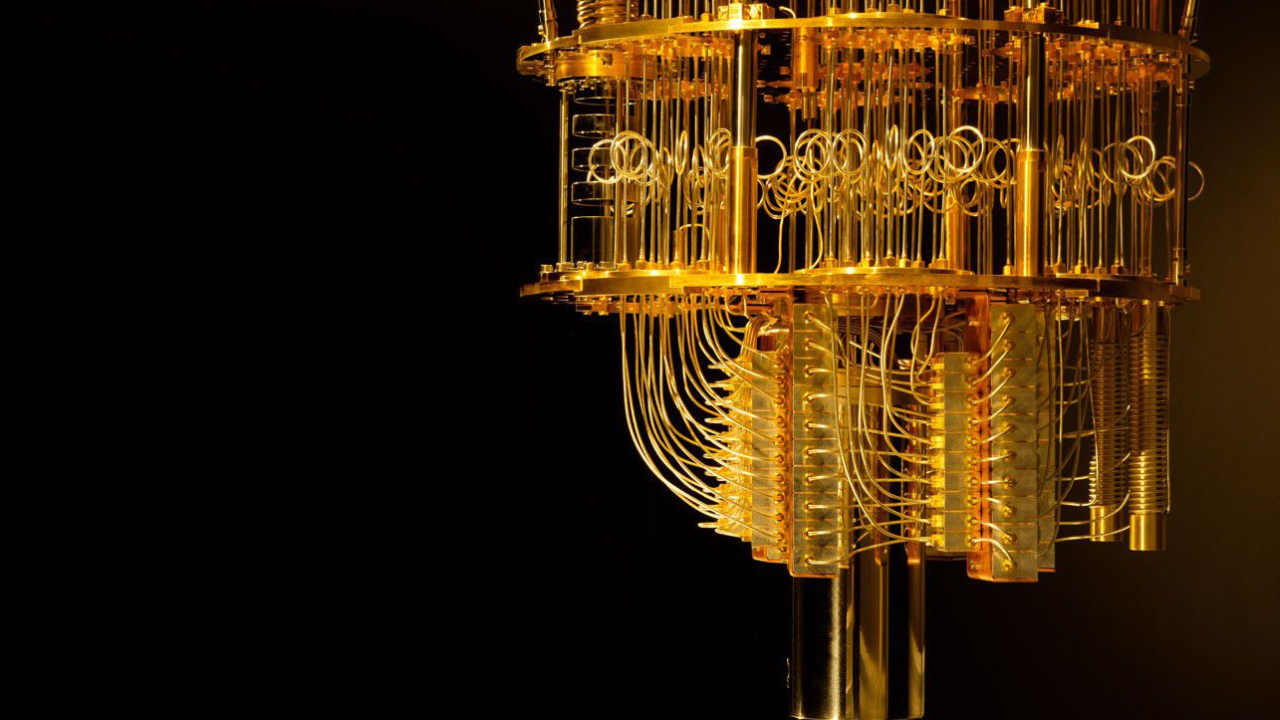Japan’s RIKEN Science Institute has officially announced Reimei, the world’s first hybrid quantum supercomputer. The system combines a 20-qubit quantum computer with Fugaku, the world’s sixth-fastest supercomputer. This integration is seen as a groundbreaking advancement in high-performance computing. So, what makes this computer revolutionary? Here are the details…
Japan unveils the world’s first hybrid quantum supercomputer, “Reimei”!
The most notable feature of Reimei is its use of “trapped ion qubits” instead of the superconducting qubits typically used in quantum computing. This technology traps ions in an electromagnetic field to perform quantum operations. The ions, precisely controlled by laser beams, can maintain their quantum states for much longer, increasing computational accuracy.

Reimei uses an innovative system called “ion shuttling,” which allows qubits to physically move within circuits, enabling much more complex algorithms to be applied. Furthermore, advanced error correction techniques are employed to reduce error rates, one of the major challenges of quantum computing. The technology developed by Quantinuum lowers quantum errors to 800 times less than traditional systems.
Meanwhile, similar projects are being developed in Europe. IQM announced the integration of a 20-qubit quantum processor into Germany’s SuperMUC-NG supercomputer. However, the Reimei-Fugaku hybrid system is the first fully operational quantum supercomputer. IQM plans to integrate 54-qubit (2025) and 150-qubit (2026) quantum processors, but these projects are still in development.
In short, Japan’s move seems to be a significant milestone in the integration of quantum computing into both commercial and scientific applications. What role do you think hybrid quantum systems will play in the future of supercomputers? Feel free to share your thoughts in the comments below…














